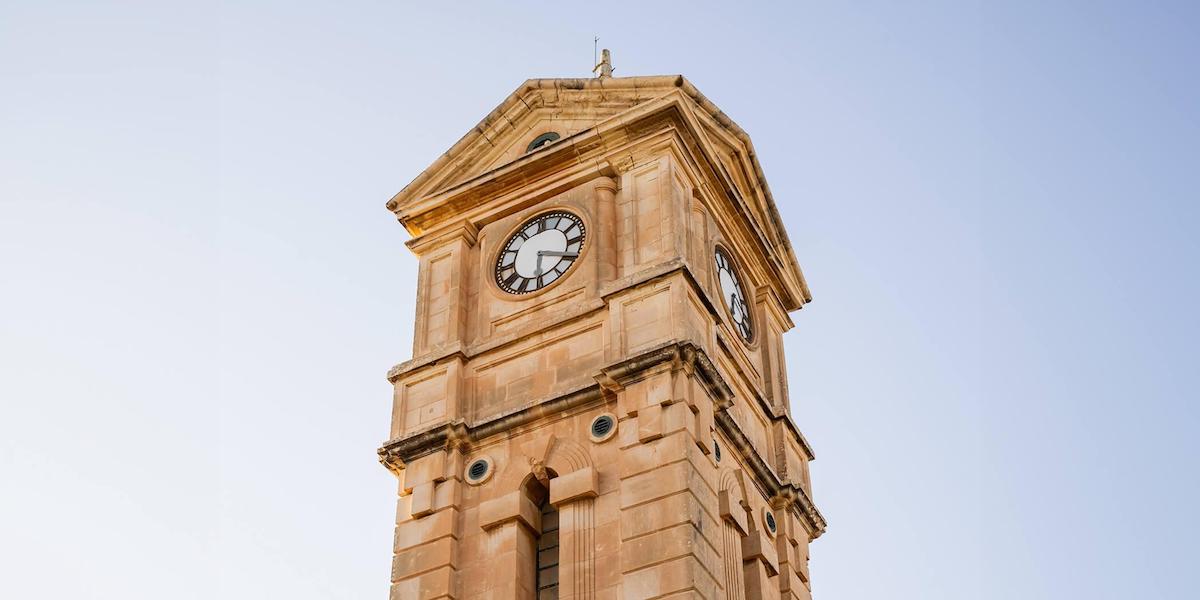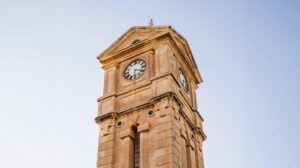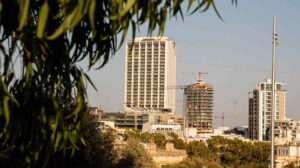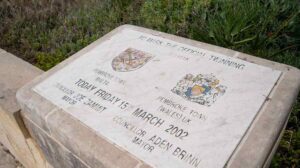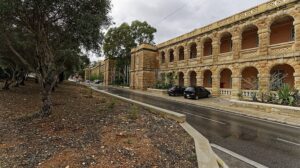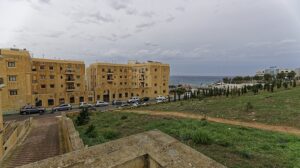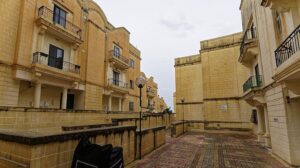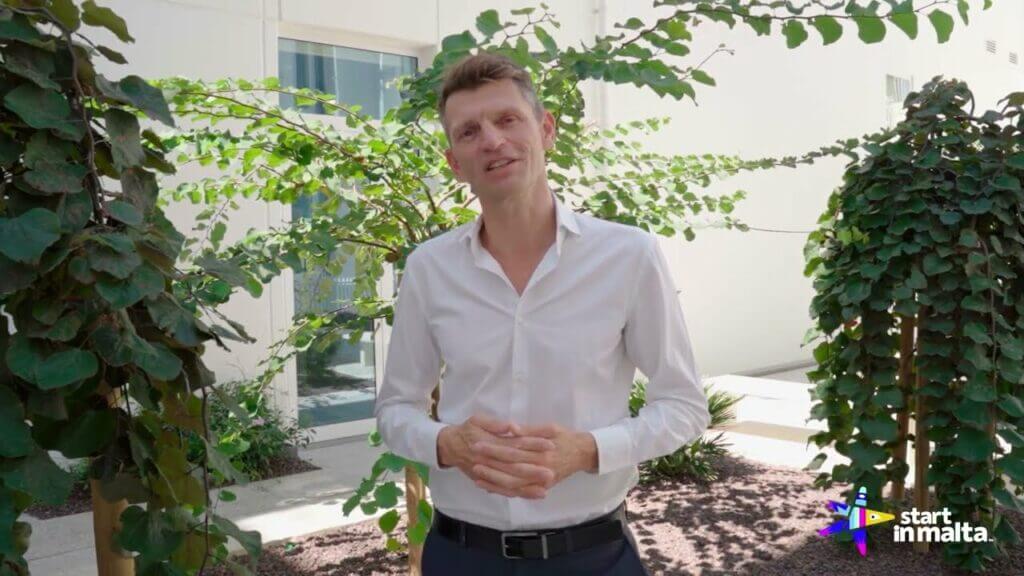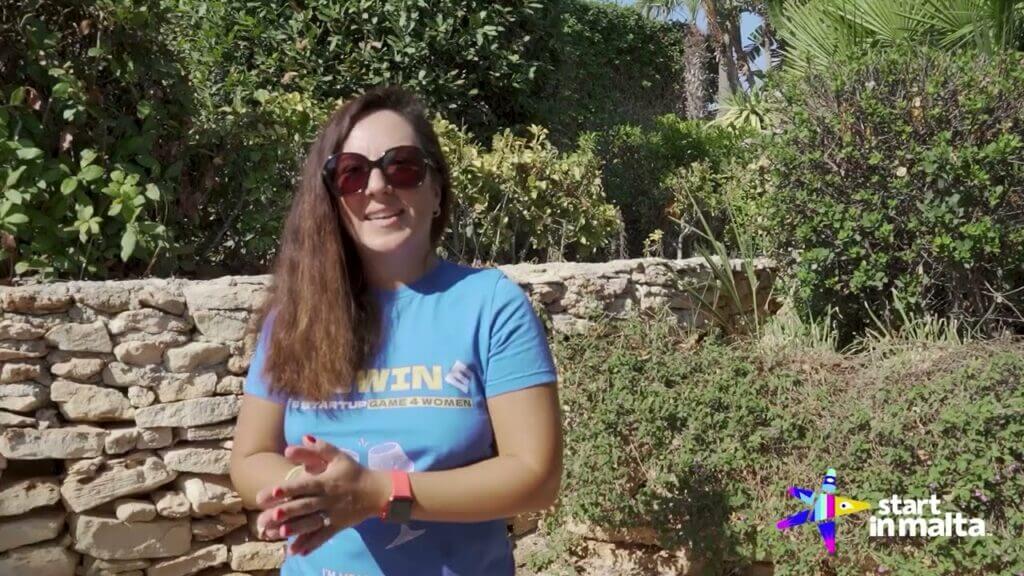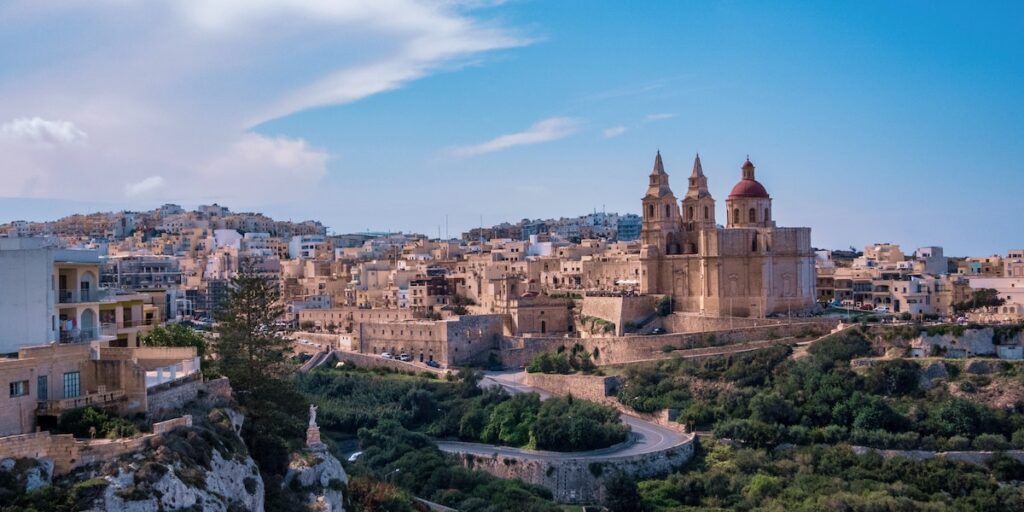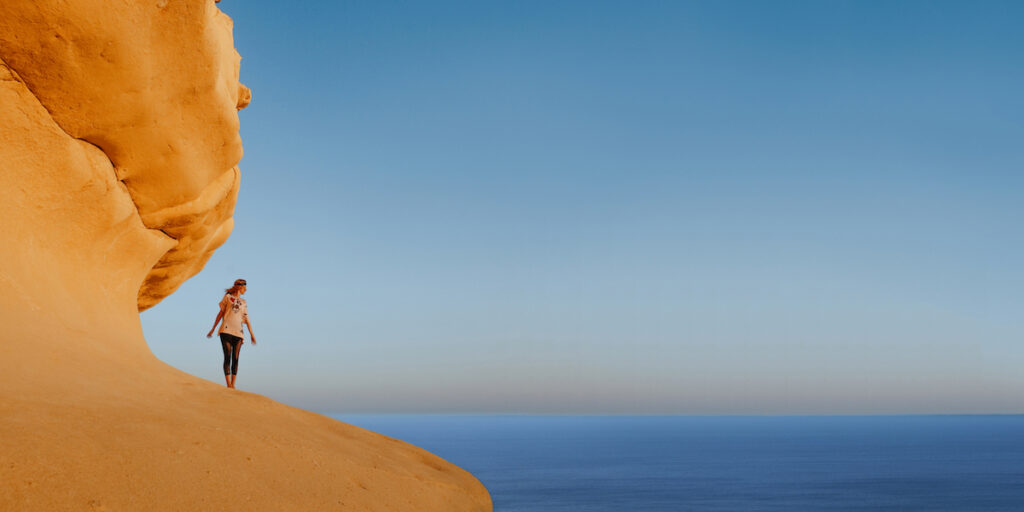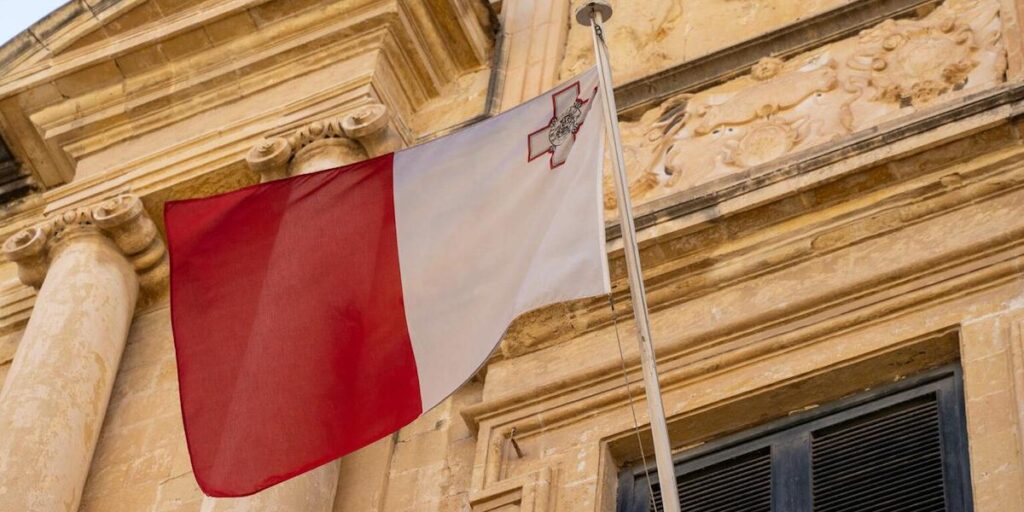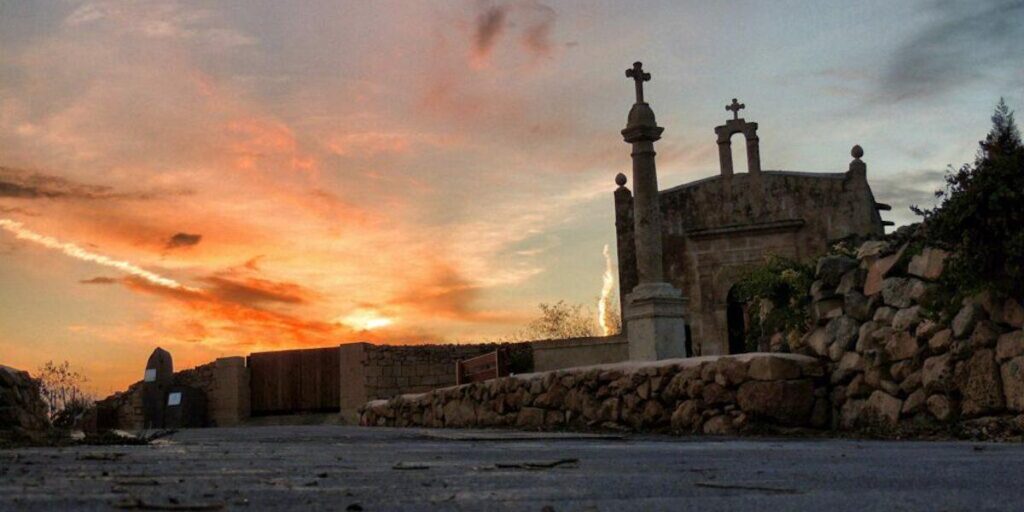If you look to your left, you’ll see the shining Mediterranean Sea in the sunlight. On your right and behind you, there’s the busy city of St. Julians and the neighborhoods of Swieqi and Baħar ic-Ċagħaq, full of activity. This corner of Malta, right in the middle of everything, is called Pembroke.
Pembroke covers an area of 2.3 square kilometers and sits just 6 kilometers from the capital, Valletta, as well as 12 kilometers from Malta International Airport.
Pembroke is a town located in the central part of the island of Malta. It might not be as famous as some other towns on the island, but there are still a few landmarks and notable places. First, let’s explore its history.
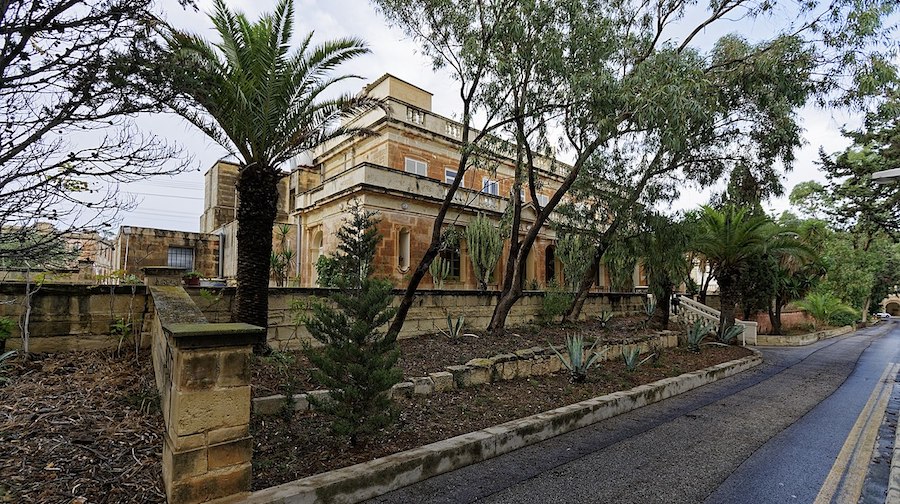
A Stroll Through History
So, let’s go back in time for a moment. The start of Pembroke can be traced back to the Knights of St. John of Jerusalem, who built two towers by the coast to protect the Great Harbour. They did this because the city’s location was really important. Later on, it was the English Services that helped the city grow and become stronger.
The British built the “Barracks” and Fort Pembroke to make sure the city was safe.
Imagine the first building, the “Barracks,” going up between 1859 and 1862, and how the city grew after that. The British patron, St. George, had a building named after him, and the same happened for the patrons of Ireland and Scotland – St. Patrick and St. Andrew.
Between 1875 and 1878, they built Fort Pembroke to protect against enemies from the sea and the land. This was part of the Victoria Lines. Not long after, they also made the Pembroke Battery for the same reason. Many groups of soldiers were stationed in this town, and it’s said that the last British soldiers left in March 1979.
In this town, German prisoners of war, held during the Second World War, constructed a small chapel for the British Services. Following that, the Maltese Government acquired the land where English services were once held. Subsequently, it transformed into private homes, offices, and tourist apartments in the mid-1980s. As a result, people began residing there in 1986.
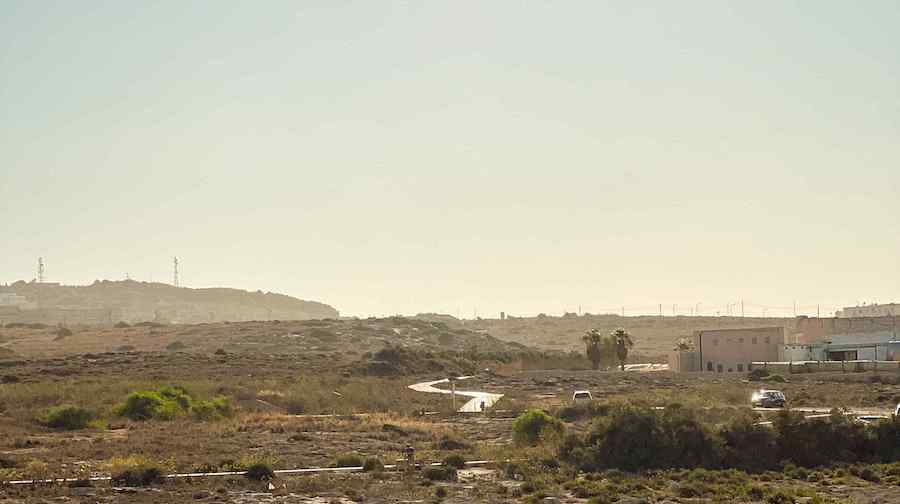
Local Governance and Military Heritage
In 1993, through the Local Councils Law, this town became one of the 67 localities held by its Local Council.
Look closely at Pembroke’s coat of arms, and you’ll see the city’s military history reflected in it. Two gold swords on a red background are crossed, encircled by thirteen towers built by Grand Master De Redin. It’s a visual testament to the enduring military connection that this city has always had.
Landmarks in Pembroke
As mentioned earlier, in relation to this, St. Patrick’s Barracks and Fort Pembroke are both worth visiting landmarks in this town.
Moving on, there is the Pembroke Shooting Range, which caters to individuals who enjoy shooting. Additionally, if you enjoy nature there is also Pembroke Gardens, serving as a pleasant location to relax and unwind. Additionally if you’re looking for a place to skate indoors Pembroke Skatepark is the place to go!
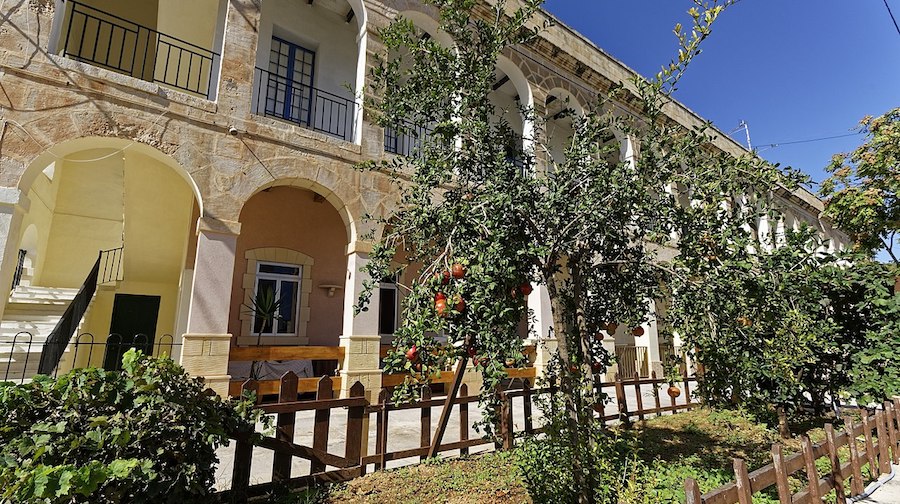
Pembroke has some interesting natural features too. The Harq Hamiem cave is remarkable for its unique geological structure, including a very deep freshwater lake. However, getting inside is not easy. The Harq Hamiem valley is home to around 400 plant species, and some of them are rare.
All of these places together show Pembroke’s history, what it’s like now, and what it might be in the future. People can explore and enjoy them.
Now, having taken this journey with me, do you see Pembroke in a new light? It’s more than just a town; it’s a piece of living history. Whether you’re strolling along the Mediterranean Sea, explo

